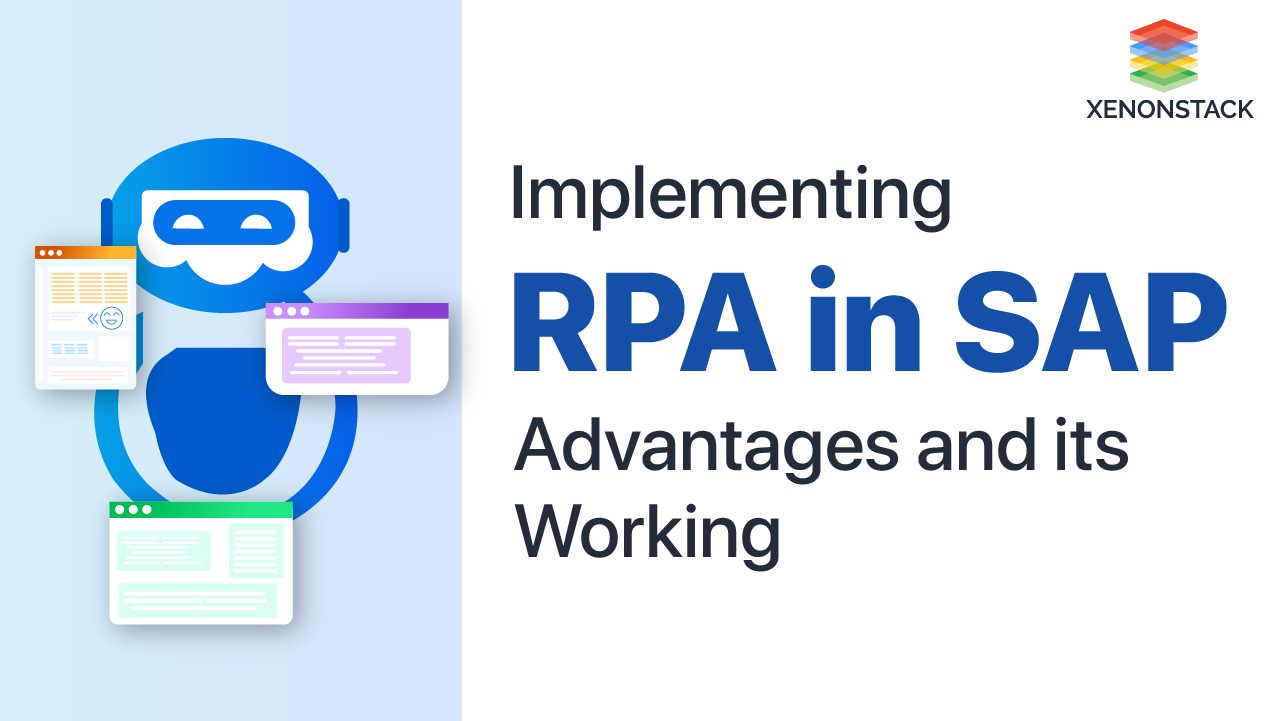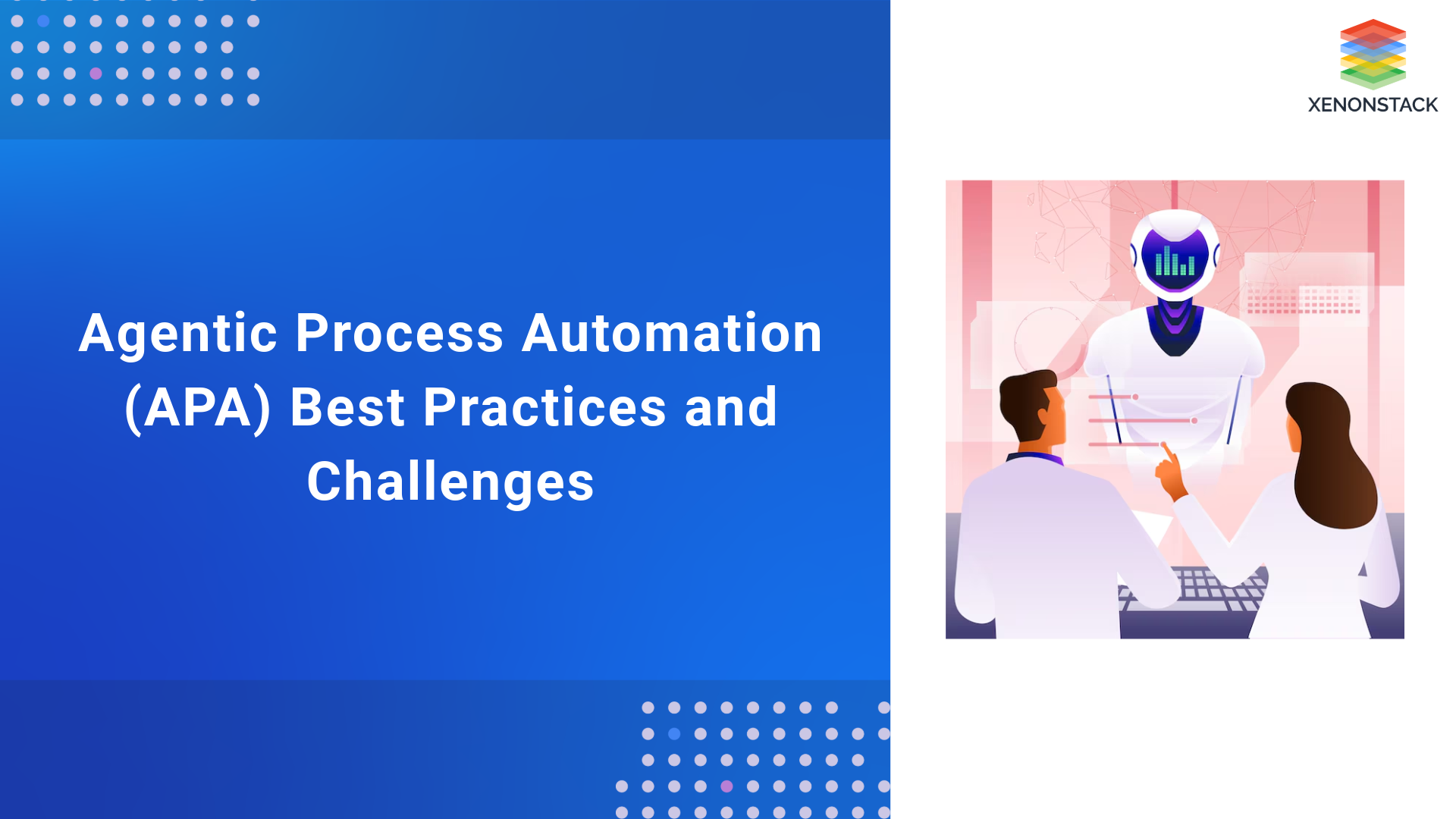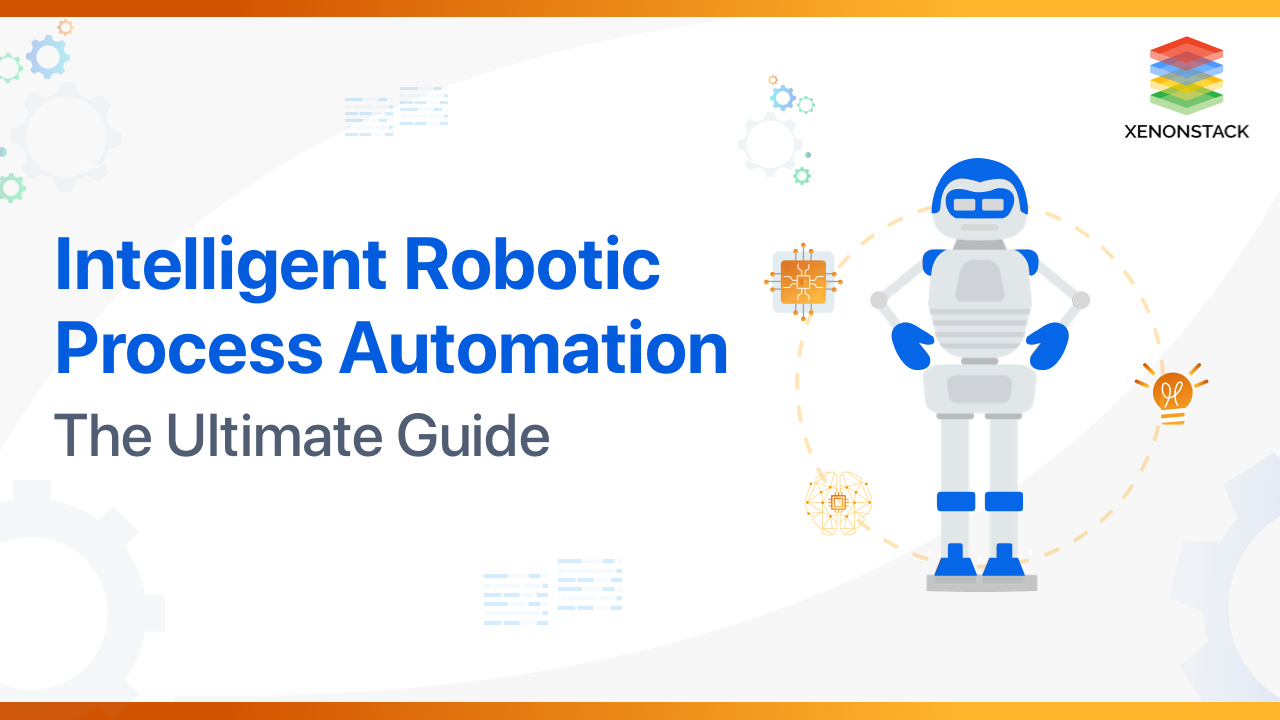
Automation has been a cornerstone of innovation in supply chain and logistics management. From streamlining repetitive tasks to managing complex processes, automation has evolved dramatically over the years, contributing significantly to supply chain optimization and enhancing logistics services.
How Agentic Process Automation is Transforming Logistics and Supply Chain
-
Agentic Process Automation (APA) is a transformative approach that leverages AI agents and Large Language Models (LLMs) to create adaptive, intelligent workflows.
-
APA enables autonomous decision-making, supports dynamic workflow automation and cognitive task automation, and drives significant improvements in inventory management and demand forecasting.
-
Unlike Robotic Process Automation (RPA) or Intelligent Automation (IA), APA introduces a level of flexibility and autonomy previously unattainable.
-
APA improves supply chain solutions with increased predictive precision and enhances the capacity to adjust to changing situations, making supply chains more adaptable and resilient.
What is Agentic Process Automation (APA)?
Agentic Process Automation (APA) is an advanced automation framework that leverages AI agents and Large Language Models (LLMs) to revolutionize supply chain and logistics operations. APA stands out from traditional automation methods like Robotic Process Automation (RPA) by introducing intelligent, adaptive workflows capable of handling complex, dynamic tasks.
In the supply chain and logistics management domain, APA empowers businesses to automate processes that previously required human judgment. Its AI agents interpret tasks in natural language, dynamically construct workflows, and make real-time decisions by analyzing live data. This level of adaptability enables organizations to respond swiftly to changing conditions, streamline operations, and achieve unprecedented efficiency.
Key characteristics of APA
-
Intelligence: APA agents possess a contextual understanding, enabling them to tackle complex tasks and provide insights that optimize inventory management, demand forecasting, and other areas of supply chain optimization.
-
Flexibility: Unlike traditional RPA workflows, APA reacts to changing conditions and automatically optimizes processes in real time, ensuring efficient logistics services.
-
Autonomy: AI agents take on tasks without human interference and continuously improve through continuous learning, minimizing the need for human intervention in logistics and supply chain management.
APA offers a transformative edge by addressing the complexities of supply chain logistics and fostering adaptability in logistics companies.
How Agentic Process Automation Works in Logistics and Supply Chain
AI agents are used to interpret tasks, build workflows, and make real-time decisions as they turn supply chain and logistics operations into Agentic Process Automation (APA). Here’s how APA operates within this domain:
 Figure 1: Supply Chain and Logistics Management Flow with APA
Figure 1: Supply Chain and Logistics Management Flow with APA
-
Task Interpretation: Natural language processing (NLP) allows AI agents to understand complex tasks, eliminating the need for technical scripting in logistics management and supply chain planning.
-
Workflow Construction: With formats like JSON and Python, a workflow is dynamically generated by APA, supporting supply chain solutions and improving logistics services.
-
Integration Across Systems: API, Platform, and tool seamless compatibility enables efficient data flow and task execution, fostering smoother integration of supply chain logistics and enhancing logistics companies' operations.
-
Dynamic Decision-Making: Real-time data input drives continuous data analysis and swift workflow adjustments, empowering AI agents to adapt to changing supply chain logistics conditions.
-
Insight Generation: APA utilizes operational data to provide actionable visibility into supply chain strategy, enabling businesses to drive improvements in supply chain solutions.
-
Self-Optimization: Workflow outcomes help APA agents learn and improve the efficiency and effectiveness of the workflow process, creating a multi-agent system that enhances logistics strategies.
Agentic Process Automation vs. Robotic Process Automation: Key Differences Explained
Comparing APA with Robotic Process Automation (RPA) highlights APA’s advanced capabilities:
-
Adaptability: APA reacts to real-time changes; RPA adheres to static scripts in logistics management.
-
Contextual Understanding: APA applies AI-driven decision-making, while RPA relies on rule-based automation.
-
Evolutionary Learning: APA incorporates feedback for continual improvement, unlike RPA, which requires manual updates.
Steps to Implement APA in Supply Chain Management
Use Cases of Agentic Process Automation in Supply Chain Operations
Dynamic Supply and Demand Planning
Problem Statement
Traditional supply and demand planning relies on static forecasting models that use Robotic Process Automation (RPA) to automate repetitive tasks like data collection and ticket creation. However, RPA struggles to adapt to real-time market changes or make intelligent decisions. This results in inefficiencies such as mismatches between supply and demand lost revenue, or excess inventory.
Solution
 Figure 2: APA Flow for Dynamic Supply and Demand Planning
Figure 2: APA Flow for Dynamic Supply and Demand Planning
Agentic Process Automation (APA) transforms this process by leveraging intelligent AI agents. These agents analyze real-time data from multiple sources, including market trends, customer behavior, and inventory levels. They dynamically adjust forecasts and replenishment plans while automating data consolidation and analysis to reduce manual effort and errors.
Key Benefits:
-
Analyzing real-time data from multiple sources, including market trends, customer behavior, and inventory levels.
-
Dynamically adjusting forecasts and replenishment plans.
-
Automating data consolidation and analysis to reduce manual effort and errors.
-
Enhanced responsiveness to market changes.
Intelligent Inventory Management
Problem Statement
RPA can automate basic inventory tracking and replenishment but lacks the intelligence to predict future demand, respond to dynamic inventory needs, or make autonomous decisions. This limitation often results in stockouts, overstocking, or financial losses.
Solution
APA uses intelligent agents to monitor inventory levels in real-time, triggering replenishment only when necessary. These agents leverage historical and real-time data to predict future inventory needs and minimize errors in stock tracking and categorization.
 Figure 3: APA Flow for Inventory Management
Figure 3: APA Flow for Inventory Management
Key Benefits:
-
Monitoring inventory levels in real-time and triggering replenishment when thresholds are met.
-
Predicting future inventory needs based on historical and real-time data.
-
Reducing errors in stock tracking and categorization.
Autonomous Invoicing and Payment Processing
Problem Statement
RPA can automate basic invoicing tasks like data extraction and validation but cannot adapt to complex invoicing scenarios or ensure regulatory compliance. This often leads to errors, delays, and compliance risks.
Solution
APA leverages intelligent agents to handle invoicing and payment processing. These agents extract and validate invoice data with high accuracy, process payments based on predefined rules, and ensure compliance with financial regulations while reducing processing time.
 Figure 4: APA Flow for Invoice Processing
Figure 4: APA Flow for Invoice Processing
Key Benefits:
APA automates invoicing by
-
Extracting and validating invoice data with high accuracy.
-
Processing payments based on predefined rules and criteria.
-
Reducing processing time while ensuring compliance with regulations.
Benefits of Agentic Process Automation in Logistics and Supply Chain Management
APA brings numerous benefits to supply chain and logistics management. Below are the key advantages it offers:
-
Increased Efficiency: APA takes away repetitive work, so it reduces processing time and minimizes human involvement. Organizations can then focus on high-value activities, boosting overall supply chain optimization.
-
Enhanced Accuracy: With AI driving APA's capabilities, such as eliminating errors in data entry, analysis, and decision-making, there is higher accuracy in supply chain logistics and logistics operations.
-
Cost Savings: Labor cost savings, necessary resources, and waste reduction are all achieved by automation, making supply chain solutions more cost-effective.
-
Scalability: APA allows operations to scale with increased demand without requiring additional manpower, thus enhancing the ability to manage growth in logistics companies.
-
Improved Decision-Making: With real-time data analysis and AI-driven insights, supply chain managers are able to come to informed strategic decisions quickly, improving the overall efficiency of logistics management.
-
Enhanced Customer Experience: By driving faster response times, personalized interactions, and proactive issue resolution, APA improves overall customer satisfaction in logistics services.
-
Continuous Improvement: The self-improvement abilities that APA has will allow us to make workflows more efficient and effective over time as challenges and opportunities present themselves in this field.
Real-time analytics tools enable organizations to analyze data instantly, providing valuable insights that drive informed decision-making. Discover more about these transformative solutions here.
Challenges in Adopting Agentic Process Automation in the Supply Chain
Despite its numerous benefits, APA implementation comes with challenges:
-
High Initial Investment: First, APA technology can be very expensive to deploy, especially for small and medium-sized enterprises.
-
Integration Complexity: Integrating APA with existing systems and workflows requires technical expertise and careful consideration of how automation will fit into current logistics management processes.
-
Change Management: Besides that, new technologies can be adopted by employees only if they are trained properly and a change management strategy is used.
-
Data Security Concerns: Consequently, serious security measures are taken to safeguard sensitive data from breaches, and the rules and regulations are followed.
Transforming Logistics with Agentic Process Automation
Agentic Process Automation (APA) represents a major paradigm shift in supply chain and logistics management. APA's mission is to help organizations automate complex processes, boost performance, and react swiftly to fluctuating circumstances by leveraging the power of AI agents and LLMs.
APA is set to become an essential part of modern supply chains thanks to its ability to improve decision-making, reduce costs, and provide superior customer experience. While the future of supply chain management is still evolving, as businesses continue to explore its potential, APA is bound to rewrite the book in many regards.
Embrace the future of automation with APA and unlock unparalleled efficiency and innovation in your supply chain operations.
Next Steps in Implementing APA in Logistics and Supply Chain Management
Talk to our experts about implementing compound AI systems and how various industries and departments utilize Agentic Workflows and Decision Intelligence to become more decision-centric. Leverage AI to automate and optimize IT support and operations, driving enhanced efficiency and responsiveness across the supply chain and logistics management.



